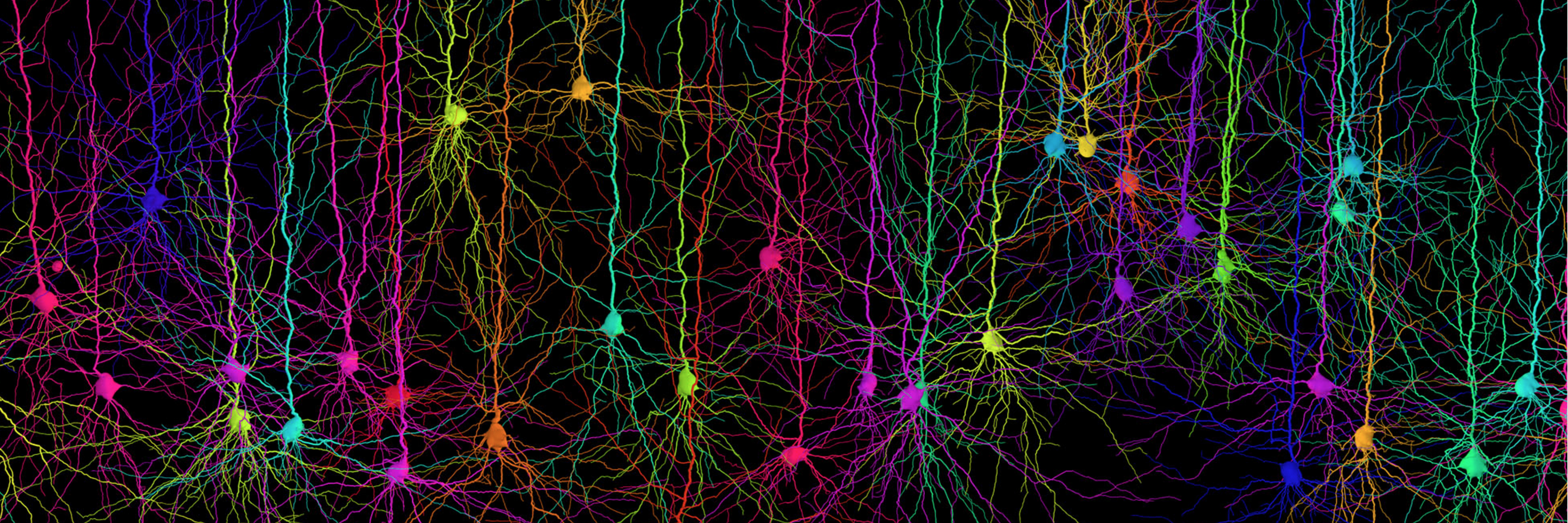A. INTRODUCTION
B. COLLATING CONNECTION DATA FROM THE LITERATURE
C. EXTRACTING CONNECTION DATA FROM HISTOLOGICAL MATERIAL
A. INTRODUCTION
Entry of the most accurate and reliable connectional information available into databases for complex network analysis is fundamentally important. There are two main sources of connectional information: the published literature (legacy data), and data entered directly from microscopic images of histological material (primary data).
B. COLLATING CONNECTION DATA FROM THE LITERATURE
A great deal of connectional data has been published in peer-reviewed journals by professional neuroanatomists since the experimental pathway tracing revolution of the early 1970s. This literature is a rich source of connectomics data, and a systematic approach to collating the data for entry into an online knowledge management system for nervous system connections (BAMS) has been described; see Supporting Information in Swanson et al., 2017) and The Neurome Project. The three most important factors involved in creating connection reports for database entry are (a) the pathway tracing method used, location of the tracer injection site relative to the region of interest, and anatomical density of labeled axon terminals (for anterograde tracing) and labeled neuronal cell bodies (for retrograde tracing). More complete protocols for collating and annotating the connectional literature are being developed.
C. EXTRACTING CONNECTION DATA FROM HISTOLOGICAL MATERIAL
This is a complex problem. Expert manual evaluation of neuroanatomical histological material is still the most reliable approach, which has developed since the 1830s by thousands of researchers. The general strategy as applied today has been described in Brain Maps.
Automated, quantitative transfer of histological data to brain atlas levels is an important goal. However, there are many sources of error involved in transferring histological data to standard brain atlas levels, as described by Simmons & Swanson (2009), and satisfactory ways to eliminate or minimize many sources have not yet been implemented. For example, a recent study of mouse brain connectomics relied on quantitation of experimental pathway tracing results in digital photomicrographs, but the approach measured axons rather than axon terminals, thus introducing the most serious false-positive error in experimental connection research, involvement of axons-of-passage; see Table S7 in Bota et al. (2015). Serious errors introduced by differences in plane of section between experimental histology and standard atlas levels, and by different nonlinear distortion in each histological section, are probably not going to be solved until high-resolution 3D computer graphics brain models are developed with the capability of being sliced in any desired plane (for example, to match the plane of section in an experimental brain); see Simmons & Swanson (2008).
